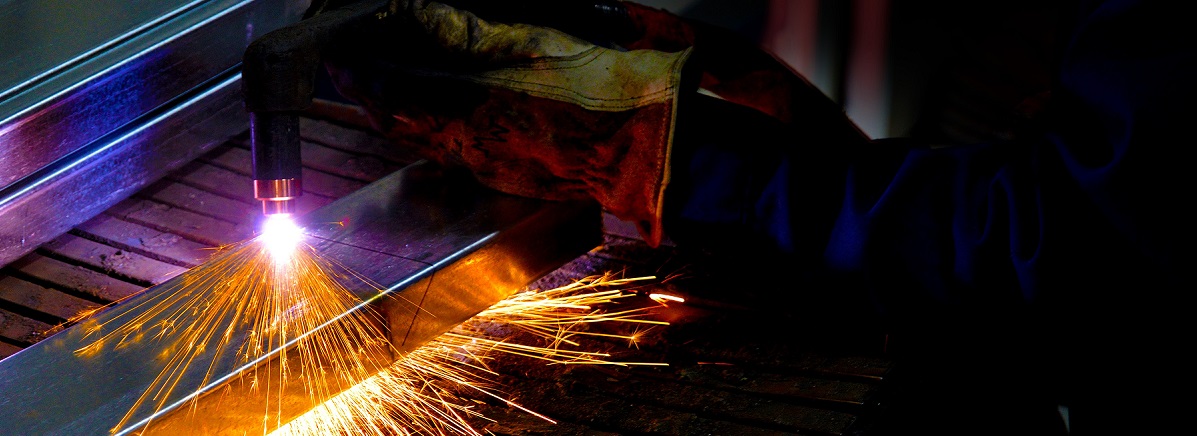
A Super-Simple Guide to the All Types of Welding
Welding is everywhere, from the kitchen appliances you use each day, the buildings we live in, to the cars we drive. Most of the things we use are welded, or craft with equipment that has been welded, even this laptop which I used for typing this article is fused too. Without welding, life would be completely different and more difficult. Getting to another country would be impossible since airplanes, large ships and other ways of transportation would be nonexistent. Welders help build metal products from hand watch to space shuttle. They help make delicate medical equipment and billions of other products ranging from oil platforms to Luna Park. It is a practically "almighty" process since there is no small metal task or a major project that can be accomplished without welding.Welding is everywhere, from the kitchen appliances you use each day, the buildings we live in, to the cars we drive. Most of the things we use are welded, or craft with equipment that has been welded, even this laptop which I used for typing this article is fused too. Without welding, life would be completely different and more difficult. Getting to another country would be impossible since airplanes, large ships and other ways of transportation would be nonexistent. Welders help build metal products from hand watch to space shuttle. They help make delicate medical equipment and billions of other products ranging from oil platforms to Luna Park. It is a practically "almighty" process since there is no small metal task or a major project that can be accomplished without welding.
What is Welding
It’s the process by which two pieces of metal can be fused together. This process doesn't just bond the two parts as in soldering and brazing, but, with the applying of extreme heat and sometimes the addition of other metals or gases, forces the metallic structures of the two parts to join together and become one. Working with metal is both creative and exciting. As the heat turns up and sparks fly, welders are able to transform some of the strongest materials into the products and shapes they visualize. This skill demands practice and works to acquire, and it’s best learned with the guidance and assistance of professionals.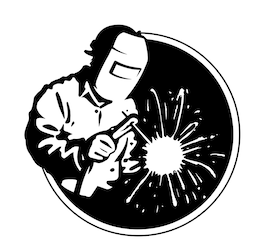
How Does Welding Work
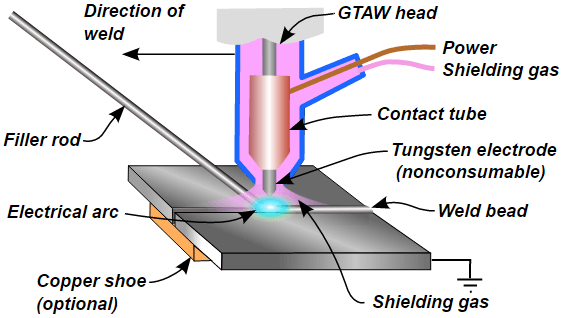
It releases energy and heat which as results melt the materials at the wanted joint. When the materials re-hardening, a secure joint is created. Also, it allows advanced fabrication, by securely attaching these materials and making accessible the creating of a more advanced equipment or structure which can then be used accordingly to the wanted purpose. Therefore, to accomplish this crucial role, it must be versatile enough to work with many different metals and thermoplastics in a different, often difficult conditions.
Types of Welding
This metal joining method has been in existence since the middle ages when metal pieces were first heated on a flame at very high temps before being forging together to fuse them. This technique was later replaced by the use of gas and electric flames which are safer and quicker for welders. Presently, welders are highly skilled, using about 30 types of welding that utilize elements like gas, electricity, and laser beams. The following 4 different types of welding are mostly used today.MIG Welding
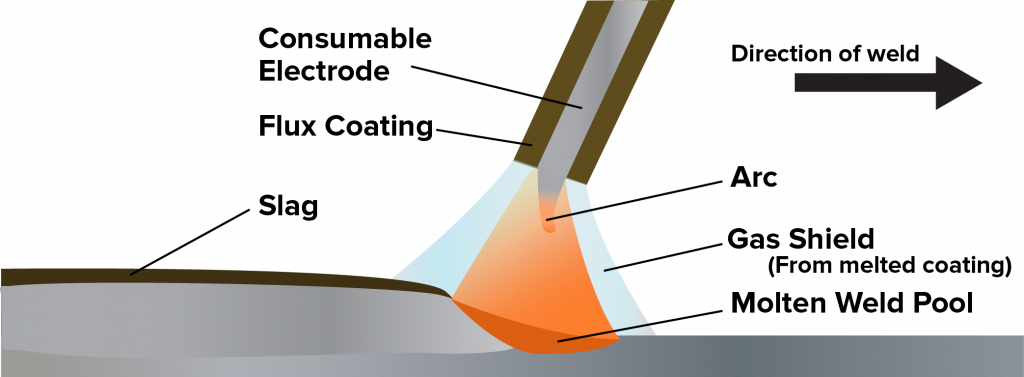
If you are wondering what is MIG welding, here’s the answer? MIG, also known as metal inert gas welding is one of the easiest types of welding for beginners to learn. There are two different types of MIG welding. The first use bare wire and the second flux core.Bare wire can be used to join thin pieces of metal welding together. This style was developed in the 1960s. MIG method utilizes a gun that is continuously fed with a consumable electrode. MIG applies an external gas to protect the welded metal from environmental factors such as oxygen making it continuous and fast. It works well with a variety of alloys like aluminum, stainless steel, magnesium, silicon bronze, nickel, and copper. It’s applied in construction, automotive repairs, robotics, fabrication, maritime repairs, and plumbing. With this method, you can produce X-ray quality welds. Also, deep weld penetration can be performed which allows the use of small weld sizes for similar weld strengths in some application. It's a perfect solution for mechanized welding and well-suited process for multi-pass welding technology. MIG treatment can be performed in all positions with adequate equipment and properly selected parameters. However, it doesn't fabricate well where base metal contamination is an issue. Therefore, the base metal must be rust-free and clean. Pretty high grades of radiated light and heat may force the shielding to be blown off from the arc. It’s easy to master this technique, which produces less welding fumes, has high electrode efficiency, and needs less heat input. Still, the method doesn’t work effectively on thick materials and requires an outer shielding gas. Flux core MIG welding can be utilized outdoors since it doesn’t need a gas supply or flow meter. MIG is quite often the choice for hobby welders and DIY enthusiasts who can’t afford costly equipment.
TIG Welding
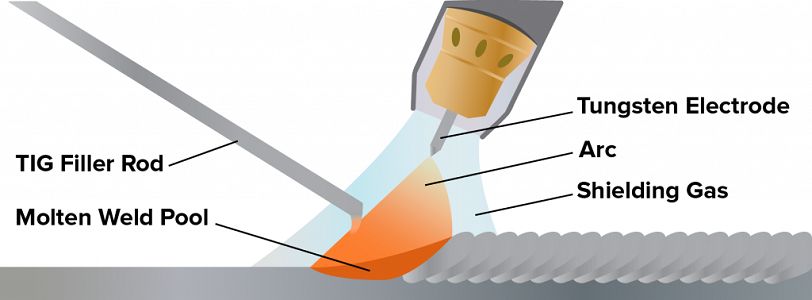
TIG (gas tungsten arc welding) or GTAW produces high quality and burst free welds of different alloys that can be very thin. GTAW is also the term that welding experts use to define the process that will be applied on blueprints. But what is TIG welding? It’s the process that utilizes an inert shield gas instead a slag to guard the weld puddle. Also, this method was a very popular replacement for manual and gas arc welding. TIG process became a sudden epiphany in the 1940s for fusing aluminum and magnesium. This method was perfected in 1941 is also the difficult and time-consuming process that requires a high level of skill and concentration. Like in the MIG process, you’ll need an external gas supply, such as argon and argon/helium mixtures. A non-consumable tungsten electrode is utilized in the tungsten inert gas welding. This tungsten electrode is employed to heat the base metal and create a weld pool. By melting two pieces of metal together, a new weld can be produced. What differs gas tungsten arc welding from most other methods is the technique how the arc is formed and how the filler metal is joined. When you perform TIG operation one hand will be used for holding the TIG torch that creates the arc, and the other hand is used to deliver the filler metal to the weld joint.
Since 2 hands are needed to weld, TIG treatment is the most difficult of the processes to master, but also, it’s the most versatile when it comes to various metals. This process is used to carry out high-quality work when a superior standard finish is demanded, without employing excessive clean up by grinding or sanding. TIG solution is maybe the most popular presently since it provides a clean weld and a high level of purity that is almost impossible to achieve with other processes. The method is typically employed for stainless steel fabrication, although it’s a great option for other metals like magnesium, aluminum, nickel, and copper.
SWAW
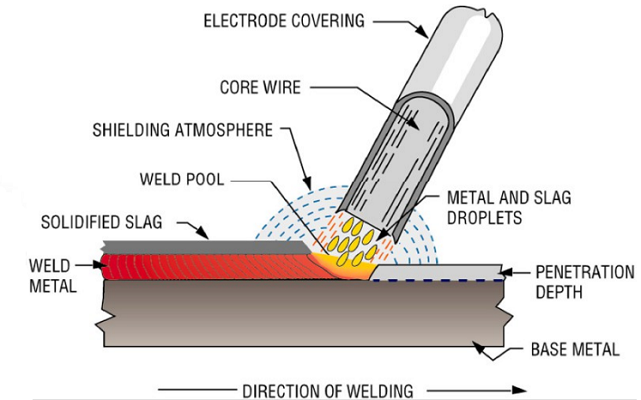
SWAW (shielded metal arc welding) is also called arc welding, or just named as stick welding. So, what is the arc welding? It’s the most basic of all welding types. The stick applies electric current to create an electric arc between the sticks and the metals to be fused. To weld steel and iron, this solution is often employed in industrial fabrication and in the construction of steel structures. Arc welding can be used for making the constructions, repair work, and manufacturing. SMAW is a process which uses a consumable electrode which is covered with flux. While welding machine is connected to a power source, which provides either direct current (DC) or alternating current (AC) to form an arc between the metal and the electrode. While this arc forms, both the metal and the electrode melt, forming a weld pool. Simultaneously, the heat from the arc burns off the flux, which creates a gas layer to shield the weld from some atmospheric gasses which can decrease the weld’s quality. As the weld pool cools, it hardens to make a joint. This process also develops a layer of slag which has to be chipped off, which therefore make it less time efficient than many other methods. However, choosing the proper electrode can accelerate the process. In this method, the welder keeps track of a manual procedure of stick welding. The stick applies an electric current to produce an electric arc between the stick and the metals to be fused. It is frequently utilized in industrial fabrication and in the construction of steel configurations. SWAW delivers a less-expensive option that doesn’t need high expensive gear. Therefore, the quality of the final weld may not be good enough, mostly because this process is more prone to cracking, porosity, and susceptibility during bad weather conditions.
FCAW
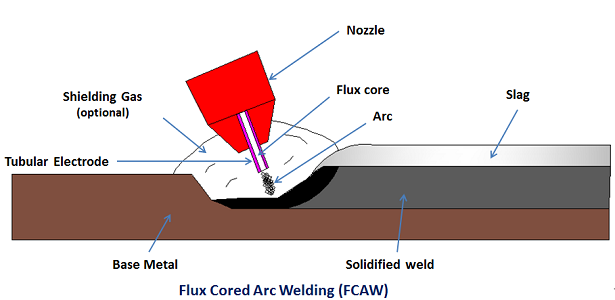
It is best known for being quite inexpensive and simple to master. However, what is flux core welding in essence? FCAW or flux-cored arc welding applies the heat produced by a DC electric arc to coalesce the metal in the joint. It's the almost the same method as GMAW or MIG process, except that utilize tubular wire- filled flux in a solid wire surface. The arc is struck among the workpiece and a continuously fed consumable filler wire, melting both the workpiece and the filler wire in the immediate vicinity. The whole arc area is covered by a shielding gas, which guards the weld puddle the atmosphere. It’s a highly productive process for a range of, alloy, plain carbon, duplex, and stainless steels. FCAW can also be used for hardfacing and surfacing. This process has many common features with MAG and MIG processes although there are also few core differences. For example, FCAW provides more flexibility with alloy compositions than MIG. It generates superior arc stability and higher wire deposition rates while the MIG process of efficiency is generally better. FCAW includes 2 operating modes:
- A self-shielding mode is an operation where gas produced as fluxing agents decompose within the wire,
- A gas-shielded mode is a process where a shielding gas is supplied from an external source, like a gas cylinder.
What is the Difference Between MIG and TIG Welding
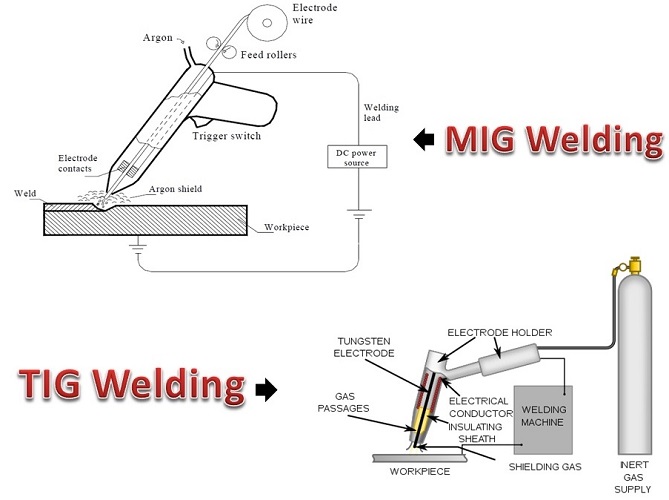
The fundamental difference between MIG and TIG welding is that one process uses a continuously feeding wire like MIG, while the other use long rods and slowly feed them into the weld pool. Both methods use an electric arc to create the weld. MIG technique is a straightforward and easier process to master than the TIG method. The technical names for these are tungsten inert gas (TIG) and metal inert gas (MIG). A MIG welder performs by applying a permanently feeding spool of welding wire that melts, burns, and fuses both the metal parts together. You can weld different materials like aluminum, mild and stainless steel. Different types of material thicknesses can be welded from more massive structural plates. Right up to thin gauge sheet metal. However, TIG fabrication is more commonly used for thinner gauge pieces. Things that are made with this process can be kitchen sinks and tool boxes. The crucial benefit is that you can get the power down really low and not blow through the workpiece. The most multi-purpose machine is the TIG welder as you can weld many different types of metals. The drawback is that it’s quite slow. If you want to do some welding at home better choice of machine to purchase would be the wire feeding MIG welder.
Cold Welding

As it sounds, cold welding (CW), also called contact welding is achieved without the addition of heat. External pressure is used to the two pieces being joined, resulting in substantial plastic deformation. Therefore, an essential condition for CW is that at least one of the materials being joined is flexible and doesn’t require a significant work hardening. Accordingly, commercially pure aluminum due to his plastic properties and some of its alloys are suitable to contact welding. CW is a solid-state process in which joining performs without fusion and heating of the two parts to be joined. In contrast to the fusion-welding techniques, no liquid or molten phase is present in this fabrication. However, this joining operation has certain disadvantages. The joint can break down in high oxygen or a reactive environment. It is most adequate for components deployed in spaces and for buried pipes, in areas where is no danger of oxygen contact. For the CW to be efficient, the surfaces need to be cleaned and brushed thoroughly. If the outer layer of any components includes high oxygen content, it’s less possible to performed adhesion of the metal parts. Another crucial element is the ductility of the metals used. At least one of the two metals must be flexible. It was first recognized as a general materials phenomenon in the 1940s. CW was then presented that two clean, flat surfaces of similar metal would strongly adhere if they contact under vacuum. Recently discovered micro and nano-scale CW has already demonstrated great potential in the newest nanofabrication processes. For instance, a gold nanowire can be cold welded immediately. The method is also employed in the nuclear field.
Welding Aluminum
Aluminum welding can be challenging compared to fusing steel or other comparable materials, especially regarding the crack sensitivity and chemistry. Often, it requires to follow specific special procedures. Important factors when welding the aluminum include: choosing the proper filler metal, adequate storage, thorough cleaning of the base material, and accurate welding methods.Aluminum alloys provide more of a challenge to welders than steel alloys. Aluminum has a higher specific conductance and lower melting point than steels, which can cause burn-throughs, especially in thinner aluminum sheets. It doesn’t matter what kind of welder is employed to create an aluminum weldment, the workpieces have to be completely clean before the process starts. Aluminum oxide has a much higher melting point than the base aluminum, so any oxides that stay on the workpiece surface can outcome in oxide inclusions in the weld, lowering the overall strength and weld appearance weld. The workpieces can be cleaned mechanically with a wire brush or by a chemical etch process. Aluminum feeder wire is softer than its steel match and can coil in the feeder. Picking the right technique for aluminum depends on the demands of the single application and the skills of the welder who will be executing the fabrication.
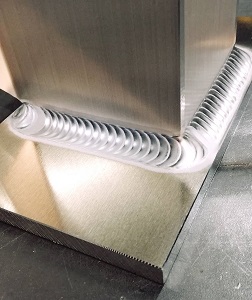
Products with aluminum can extend part life, balance weight, and provider higher residency during low temperatures, preparing the workpiece suitable for applications such as trailer or truck manufacturing, boat components, and cryogenic piping.
